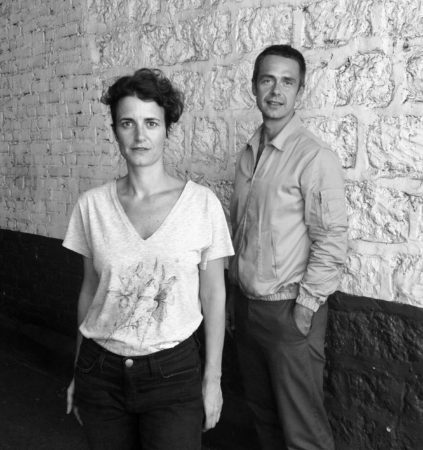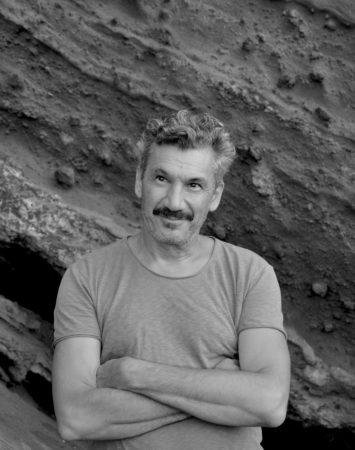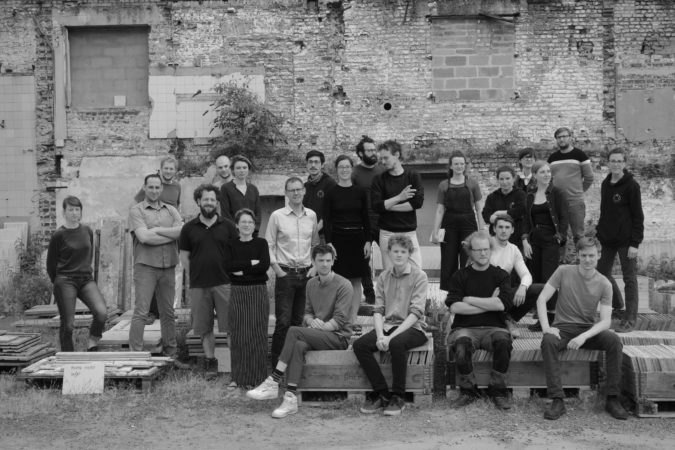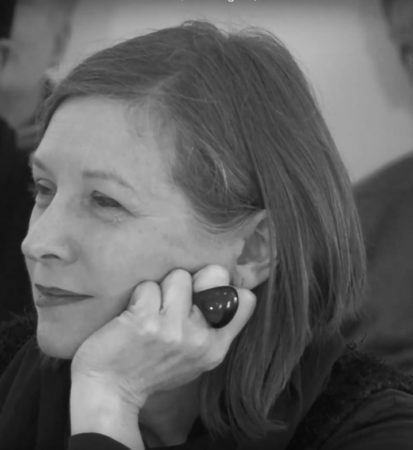BRUTHER

Nominated
BRUTHER, established in Paris in 2007 by Stephanie Bru and Alexandre Thériot, has been doing exemplary work and represents a new approach amongst young architects in Europe to reigniting the legacy of the post-war European “welfare state”.
In Paris, as in many other large cities, young families, immigrants and students are increasingly being pushed further out into the suburbs. This is not solely attributable to the lack of affordable housing, but also to the shortfalls in public spending. City councils are struggling to fund the public services that were prevalent in the 1950’s and 60’s.
With their projects, many of which are designs for affordable housing with few minimum requirements, the two French designers Bruther have conquered new territory in the field of architectural design and redefined the notion of architecture as a collective good.
BRUTHER is nominated for the Schelling Architecture Award 2018.
- Laudation Kaye Geipel ~42 KB | pdf


